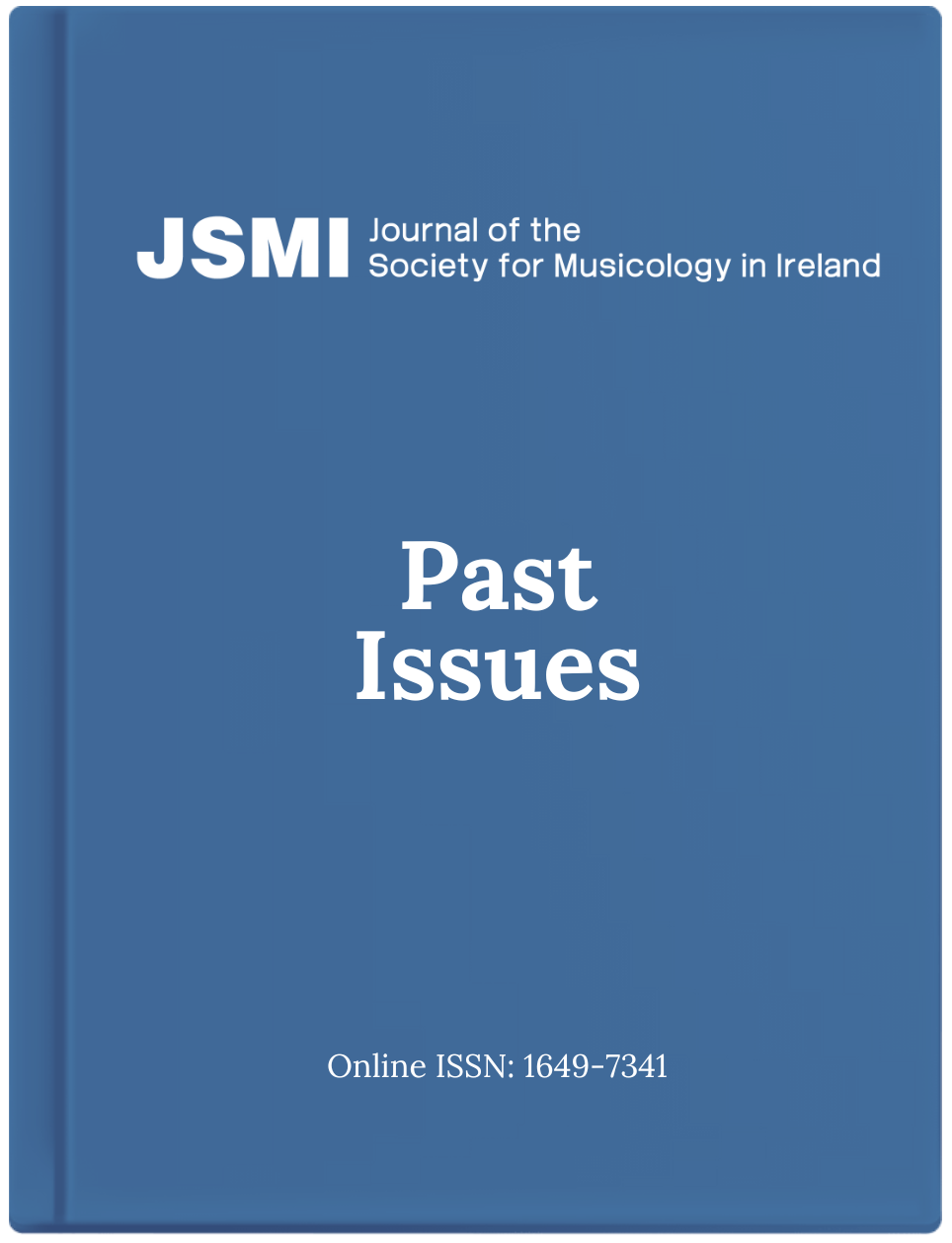Bruckner’s Symphonies and Sonata Deformation Theory
DOI:
https://doi.org/10.35561/JSMI01052Keywords:
sonata form, Bruckner, symphony, deformation theory,Abstract
Sonata deformation theory constitutes possibly the most substantial recent contribution to the analytical literature dealing with the sonata-type repertoire of the later nineteenth and early twentieth centuries. This notion, developed by James Hepokoski in relation to the music of Sibelius and Strauss and subsequently elaborated both collaboratively and separately by Warren Darcy and Hepokoski, posits nineteenth-century practice as a critical response to a theorized, normative model of sonata form. The widespread formal experimentation evident in the instrumental and symphonic repertoire from Chopin to Schoenberg arises, by these terms, from a more-or-less conscious distortion of the normative pattern proposed seminally by Anton Reicha, and consolidated in the Formenlehre abstractions of A. B. Marx and Carl Czerny, which in turn evolved as part of the pedagogical reception of Beethoven.This essay offers a critical appraisal of the extent to which deformation theory affords a satisfactory basis for understanding novel sonata procedures in Bruckner’s symphonies. The formal strategies of these works have proved habitually resistant to unproblematic sonata readings. Persistent accusations of formlessness have often been challenged by the detection of forming processes that cut across the perceived requirements of classical formal archetypes. Yet, pace Darcy’s study of deformational procedures in Bruckner (1997), I contend that this concept gives an inadequate rendition of the symphonies’ sonata forms, misrepresenting the nature of the composer’s didactic experience, the relationship of norm and deviation in the music, and the place the symphonies occupy in the general development of the genre after Beethoven.
Downloads
Published
Issue
Section
License
Copyright for articles and reviews published in this journal is retained by the authors, with first publication rights granted to the journal. By virtue of their appearance in this open access journal, articles are free to be used, with proper attribution, in educational and other non-commercial settings.
It is the responsibility of the author to secure (and, if necessary, pay for) written copyright permissions for the reproduction, in this online journal, of any illustrations, images, music notation, audio and video files, or any other copyright materials, that are included in the author's article.



